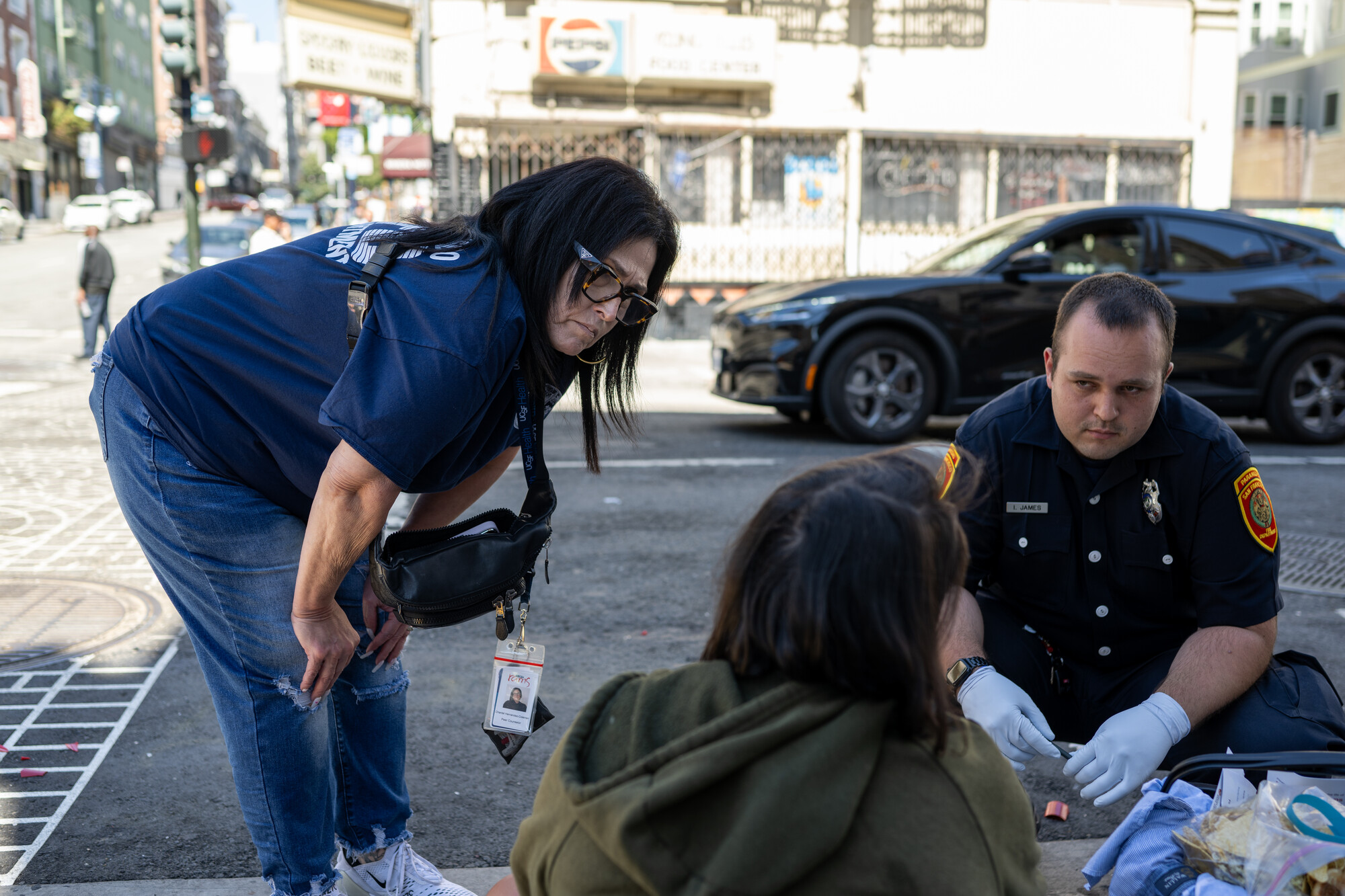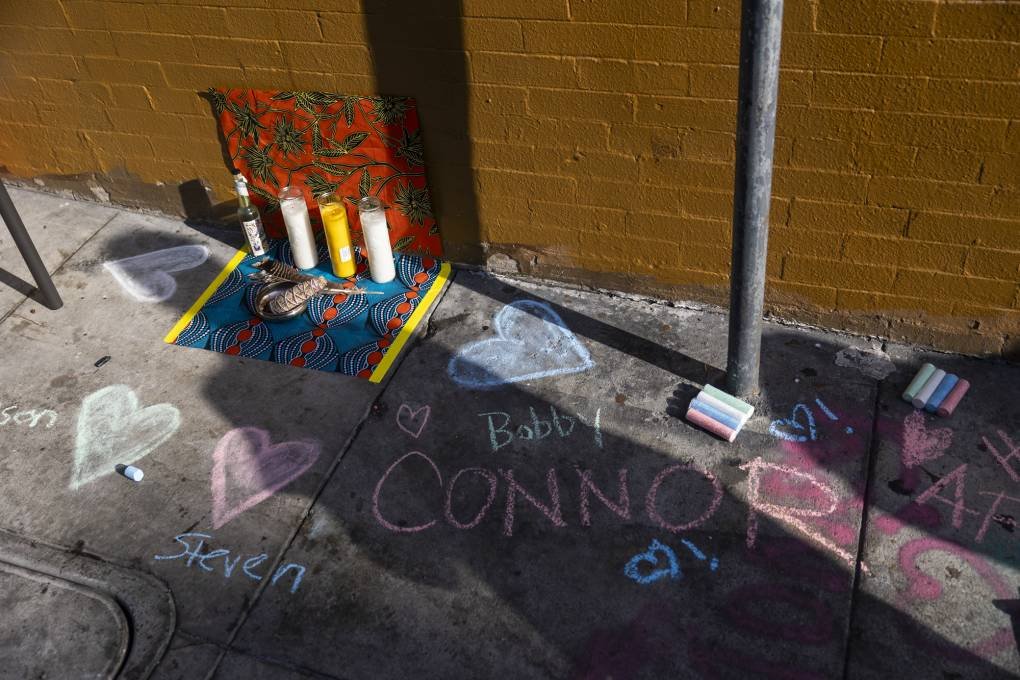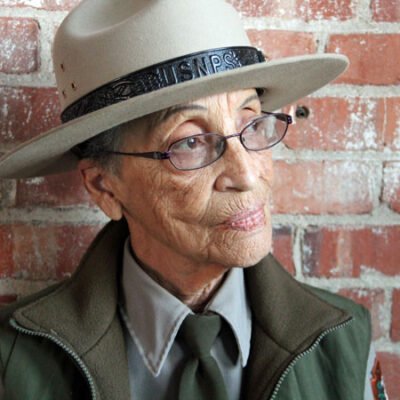“That’s still 38 too many people that have died of an overdose of a public health crisis and epidemic,” said Daniel Tsai, director of San Francisco’s Department of Public Health, at a press briefing on Tuesday. “But I want to say I am encouraged, I know we’re making real progress, and I and others here are not yet satisfied about where we are and the work that we continue to have to do.”
Tsai, who has been in the role since February, said the city’s newly integrated neighborhood street teams are helping. This initiative, announced by Mayor Daniel Lurie in March, consolidated outreach teams across multiple city departments that were often working toward the same goals, while siloed from each other.

“We are seeing a new level of collaboration between departments that’s actually allowing us to help get folks who many departments are engaging with many, many, many times quickly into services, into shelter, into care,” Tsai said.
The September numbers bring the total number of accidental overdose deaths in 2025 to 497 people, a slight improvement on 2024. At this time last year, the city had reported 508 overdose deaths.
Over 75% of the accidental overdose deaths in 2025 have involved fentanyl.
Addressing the city’s fentanyl crisis has been a major priority for Lurie since his term began. The Board of Supervisors passed Lurie’s fentanyl state of emergency ordinance in January, allowing him to move faster when hiring and contracting services aimed at overdoses and homelessness.
The city was able to open a drop-in mental health stabilization center at 822 Geary St. faster than usual because of that ordinance. Up to 16 clients can stay at the center for as many as 23 hours. Tsai cited the stabilization center as a key touchpoint in the effort to lower overdose numbers.
“Once we can get somebody plugged into treatment,” he said, “we want to be able to help get them into the next place in their journey.”





